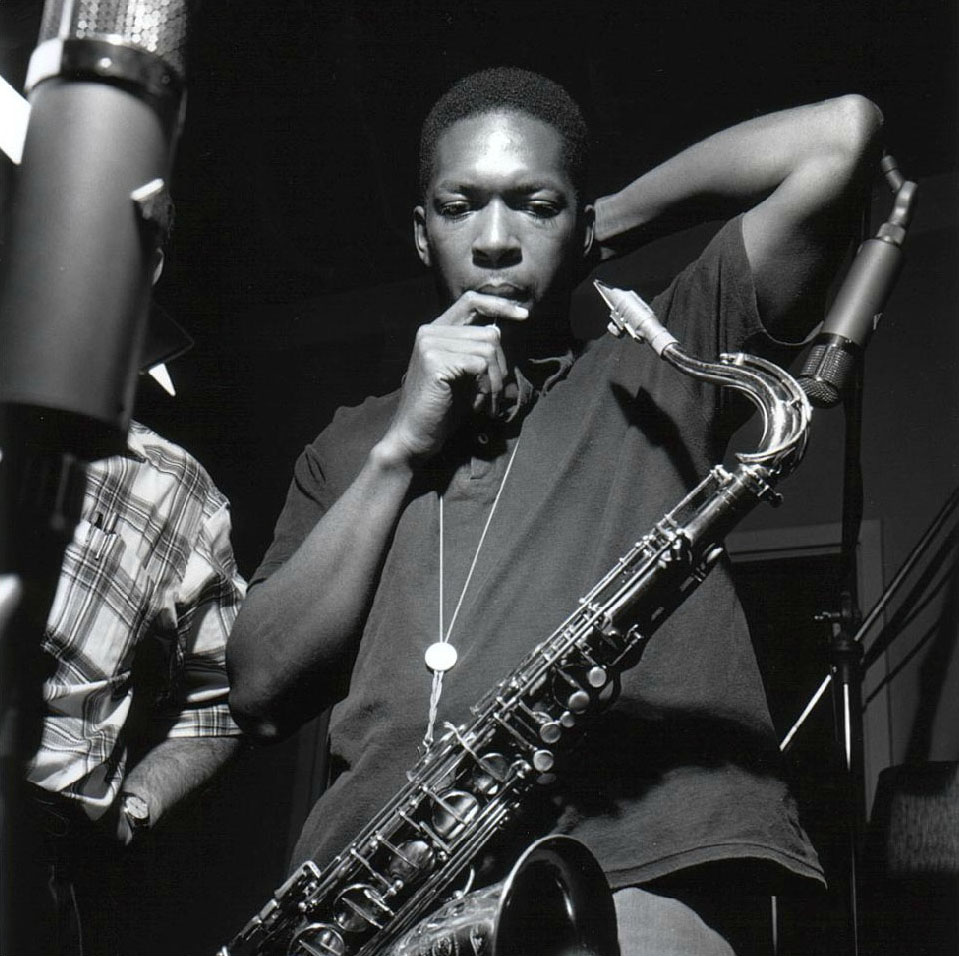Introduction
"A Love Supreme, Part 1: Acknowledgement" is a seminal track by the legendary jazz saxophonist John Coltrane, released in 1965. This piece is the opening movement of his four-part suite, "A Love Supreme," which is widely regarded as a masterwork in the jazz genre. The suite represents a spiritual journey and is a testament to Coltrane's deep religious faith and innovative musical vision.
1960s Cultural Context
The 1960s were a transformative decade for music, marked by the British Invasion, the rise of psychedelia, and the influence of Motown and soul. Jazz, too, was undergoing significant evolution, with artists like Coltrane pushing the boundaries of the genre. "A Love Supreme" emerged during this era of experimentation, reflecting the cultural shifts and the growing interest in spiritual and philosophical exploration.
Production & Sound
This track is characterized by its modal jazz structure, a hallmark of Coltrane's work during this period. The piece opens with a distinctive four-note bass motif played by Jimmy Garrison, which serves as the foundation for Coltrane's improvisational saxophone lines. The quartet is rounded out by McCoy Tyner on piano and Elvin Jones on drums, whose dynamic interplay creates a rich, textured soundscape.
Notable Live Performances
One of the most notable live renditions of "A Love Supreme" was performed at the Antibes Jazz Festival in 1965. This performance captured the raw energy and spiritual intensity of the studio recording, offering audiences a glimpse into Coltrane's profound connection to his music and his faith.
Modern Legacy
Decades after its release, "A Love Supreme, Part 1: Acknowledgement" continues to be celebrated for its innovative approach to jazz composition and improvisation. It has influenced countless musicians across various genres, solidifying its place as a timeless classic. The track's spiritual depth and musical complexity ensure its relevance in today's diverse musical landscape.






Comments (0)